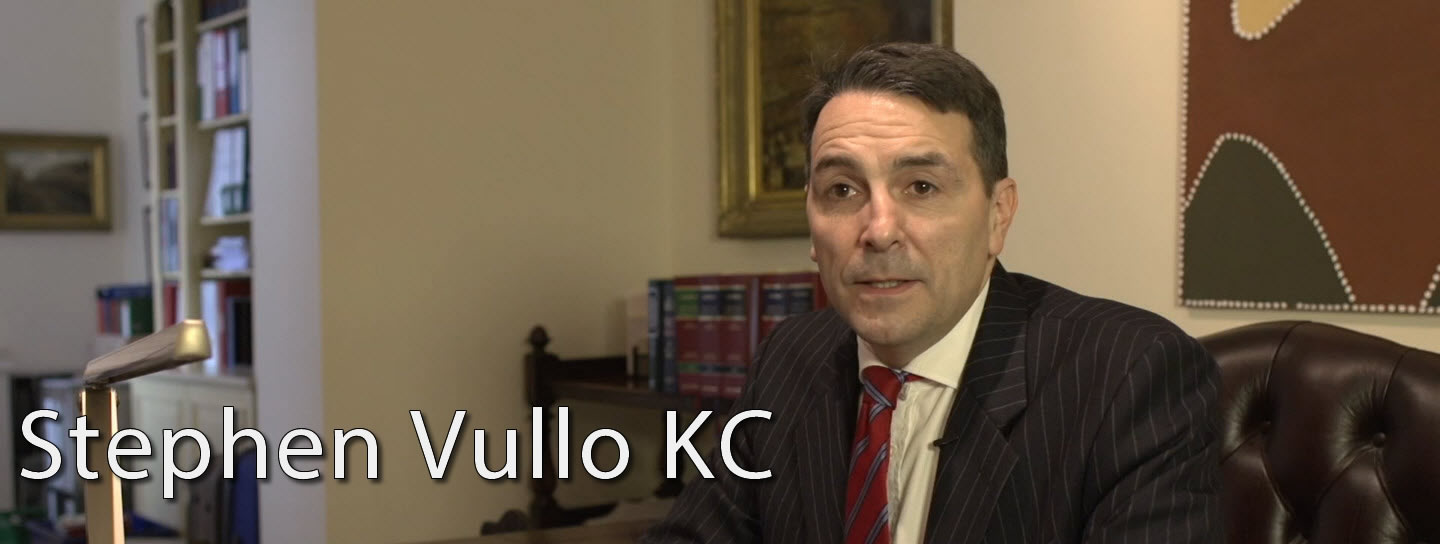To establish “possession” for the purposes of the offences of possessing indecent images of children or extreme pornographic images, the prosecution had to establish (a) that the images were within the accused’s custody or control so that he was capable of accessing them, and (b) that he had known that he possessed images. Where unsolicited images were sent to the accused by the messaging application “WhatsApp” and automatically downloaded to his phone’s memory, it was highly likely that (a) would be made out; whether (b) was made out would depend on whether he knew he had received images.

